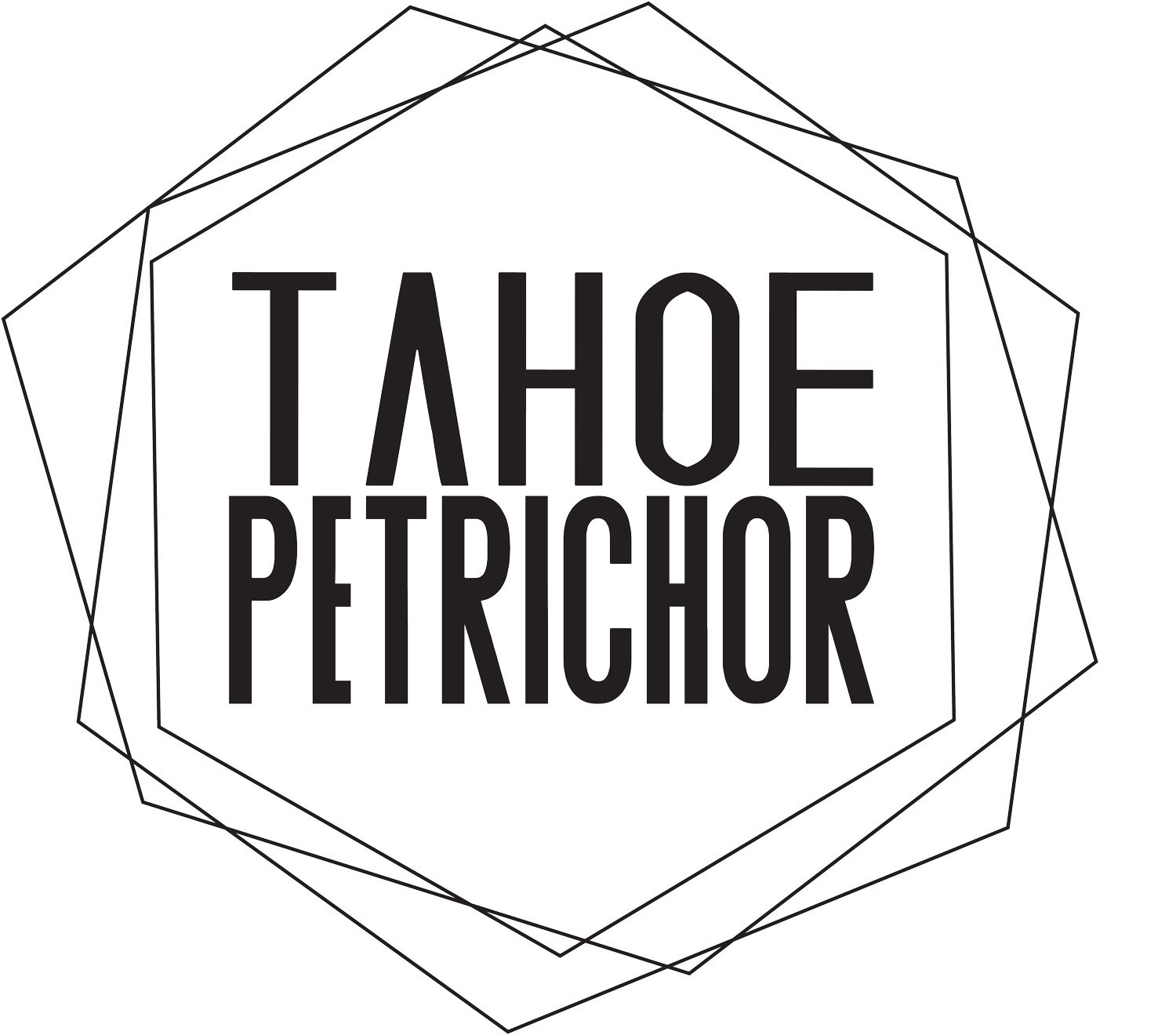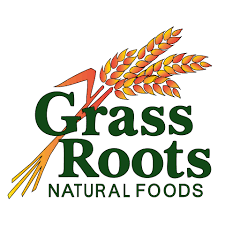Essential oils
Essential oils (EOs) are extremely complex mixtures of organic compounds, mostly carbon, hydrogen (hydrocarbon), oxygen, and occasionally nitrogen and sulfur. Each plant species has a unique chemical structure of lipid-soluble volatile oils that are captured when making essential oils. A plants’ essential oil can 10s to 100s of different organic compounds. In nature, the variety of compounds often serve a specific purpose (i.e. insect repellent, nutrient absorption), but for humans (and animals) the variety of compounds is what’s is attributed to the aromatic and therapeutic properties. Our bodies can absorb the active plant compounds via essential oils when applied topically, through ingestion, or inhalation. Essential oils are extracted from plants using a variety of extraction methods such as co2 distillation, steam distillation, and solvent extraction. Steam extraction is used at Tahoe Petrichor, by using a traditional copper alembic still. Yields from 20 lbs of plant material oftentimes distill down to only 10mL essential oils, which offers an idea of just how potent essentials oils are (Essential Oils, 2015; Curtis, Thomas & Johnson, 2016; Schnaubelt, 2002; Klaassen & Watkins, 2015).
Absorption
Topical (transdermal) pathway
According to Klaassen & Watkins (2015), the stratum corneum (outermost layer of skin) is the key player in the body’s ability to absorb [essential oil] topically, although absorption also occurs in hair follicles and glands. After contact, the permeable compounds pass through the other layers (strata) of the skin through passive diffusion. Beneath the stratum corneum, the epidermis, and the dermis, the compounds travel through the vascular pathways of the dermis.
Rate of absorption
Lipophilic compounds (lipid-soluble essential oils, carrier oils, butters, and waxes) are absorbed quicker than water-based products.
The absorption also depends on diffusivity and the thickness of the localized area.
Factors such as the state of the skin (hydration and integrity), temperature (hot baths, vasodilation), solvent, and the molecular size of the permeable ingredients all influence the absorption.
Techniques for essential oil safety
Do your own research on the safety of each individual essential oil.
Choose reputable sources for essential oils.
Artisan distilleries offer a different quality product than commercial manufacturers.
Beware of adulterated or synthetic essential oils.
Avoid using essential oils during pregnancy or take extra precautions.
Avoid abortifacient and emmenagogue essential oils completely.
Avoid using essential oils that are known allergens.
Use half-strength for children and the elderly.
Consult your doctor before using, especially if you have pre-existing conditions (hypertension, cardiac disease, cancer, etc.)
For safety, only use essential oils topically
Herbal preparations teas, tinctures, capsules, and infusions are more appropriate for internal use.
Use caution with direct inhalation and diffusion of potentially toxic essential oils.
Techniques for the application of essential oils
Conduct a (24-hour) skin patch prior to use, especially with children.
According to Petersen (2015), apply the blend (carrier oil and essential oil) to the inner elbow. After 5 minutes, check for irritation.
Due to the non-polar characteristic of oils, diluting essential oils in water will not properly dilute the essential oils. So, always dilute essential oils with a carrier oil or ethanol prior to use
Follow recommended dosages. Only use a dilution of 1-3% per ounce of carrier oil.
References:
Curtis, S., Thomas, P., & Johnson, F. (2016). Essential Oils. New York, NY: Penguin Random House. ISBN: 9781465454379
Essential Oils. (2015). Natural Remedies. Berkeley, CA: Althea Press. ISBN: 9781623154240
Klaassen, C. & Watkins, J. (2015). Essentials of Toxicology (3rd ed.). New York, NY: McGraw-Hill Professional. ISBN: 9780071847087
Schnaubelt, K. (2002). How Essential Oils Are Made: Biology of Essential Oils. San Rafael, CA: Terra Linda Scent. Retrieved from: www.mapleholistics.com/blog/natural-vs-synthetic-essential-oils/#doc2
Petersen D. (2015). Aromatherapy Materia Medica Essential Oil Monographs. American College of Healthcare Science. Portland, OR.













